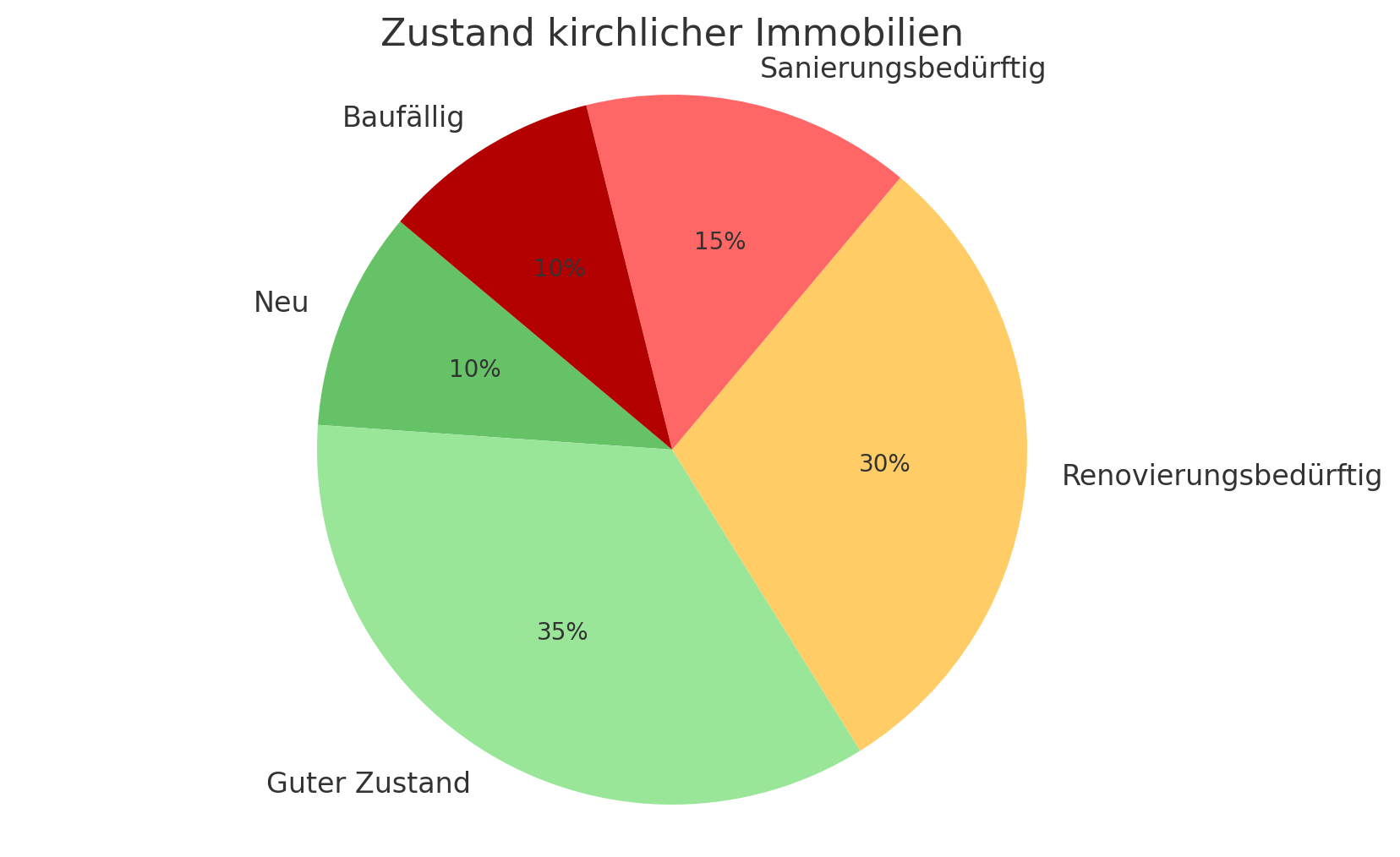Images on a website are considered decorative if they do not convey any important information and serve only to enhance the visual design. In such cases, they should be marked as decorative. A clear distinction between decorative and content-relevant images is crucial for good accessibility.
Optionally mark images as “decorative”
A new optional field, “Decorative,” has been added as a checkbox to the current options “Image path,” “Title,” and “Copyright” for embedding images.
When the “Decorative” option is selected, the images are “hidden” in the HTML markup for screen readers. This hides not only the images themselves, but also the associated structures such as copyright notices or image captions. In addition, these elements are removed from tab navigation.
The slider element has also been extended so that slider images that are currently not visible are hidden from screen readers and screen navigation.
If the image shows something that is already described in the surrounding text or is not necessary for understanding the text, it should be marked as decorative.
Infographics, diagrams, or images that are important for understanding the text should be given a meaningful title. The image content should be described as precisely and concisely as possible (approx. 80 characters) so that people with visual impairments can also grasp the information it contains.
Note: The description supplements the text; it does not repeat it.
The following two sections each contain an image: in the first, it serves solely to illustrate the topic discussed in the text; in the second, it supplements the content of the text. Neither image is marked as decorative.
Testing the two sections with a screen reader illustrates why it is important to distinguish between decorative and content-relevant images. The first section shows the negative impact of images that are not marked as decorative on the experience of users who use a screen reader.

Many young people enjoy reading books on the floor—whether at home, in the library, or in bookstores. The floor offers a relaxed, cozy atmosphere where you can stretch out, cuddle up, or simply sit back and relax. Especially when browsing through new stories, this creates a feeling of freedom and closeness to the book that is often missing when sitting stiffly at a table. For many young people, reading on the floor is an expression of individuality and a passion for reading.

The condition of church properties varies greatly: some have been modernized or are well maintained, while others show signs of age and wear and tear and will need to be repaired in the medium term. In some cases, there is an increased need for renovation. This diversity in structural condition reflects, among other things, structural change and changes in the use of church buildings.